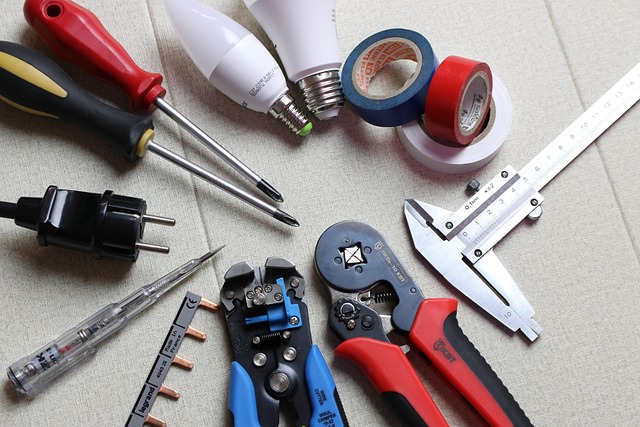Duct Tape: Uses, Materials, and DIY Repair Techniques
Duct tape is a widely used fabric-reinforced tape known for its strength and versatility. Originally developed for sealing ducts, modern duct tape appears in many colors and widths and is used across household, workshop, and outdoor contexts. This article explains what duct tape is, how it differs from clear tape, the types of adhesive involved, and practical repair and DIY applications.

What is duct tape and how is it made?
Duct tape is typically a cloth- or scrim-backed pressure-sensitive tape coated with a rubber-based adhesive and a polyethylene or similar outer layer. The fabric backing provides tensile strength and tear resistance, while the outer coating offers some water resistance. Manufacturing involves laminating layers—fabric, adhesive, and a protective polymer—then cutting to width. Different grades emphasize flexibility, temperature tolerance, or appearance; industrial duct tape often differs from consumer rolls in adhesive strength and backing weight.
When is clear tape preferable to duct tape?
Clear tape, usually a smooth, non-fabric pressure-sensitive tape such as polypropylene or cellophane, is better when visibility and a discreet finish matter. Use clear tape for sealing envelopes, repairing torn paper, or securing lightweight plastics where a transparent look is desired. Compared with duct tape, clear tape generally has thinner backing, less tensile strength, and lower moisture resistance. For cosmetic fixes, labeling, or paper repair, clear tape is less obtrusive and often easier to trim neatly.
What types of adhesive are used in tapes?
Adhesives for tapes fall into categories such as rubber-based, acrylic, and silicone. Duct tape commonly uses a rubber-based adhesive that bonds well to rough or porous surfaces and offers strong initial tack. Acrylic adhesives provide longer-term holding power, improved UV and temperature resistance, and cleaner removability on some surfaces. Silicone adhesives are chosen for extreme temperature ranges and low surface energy materials. When selecting tape, consider substrate compatibility, required holding time, and whether residue-free removal is important.
How can duct tape be used for quick repairs?
Duct tape is valued for immediate, temporary repair work: patching a torn tent fly, sealing a broken hose in an emergency, or holding a cracked car bumper in place until proper repair. For better durability, prepare the surface by cleaning and drying, apply pressure to ensure adhesive contact, and lay overlapping strips for strength. Keep in mind that duct tape is often a stopgap: long-term structural fixes usually require specific materials (epoxy, welding, or proper replacement parts). For household maintenance, duct tape can postpone failure until a permanent repair is made.
How to use duct tape in DIY projects and crafting?
In DIY projects, duct tape serves as both functional fastener and creative medium. Hobbyists use it to form wallets, book covers, or custom grips by layering and folding; builders use it for temporary jigs, marking, and bundling. When crafting, choose colors and finishes to match the aesthetic and work on a clean, flat surface to minimize bubbles. For projects requiring precision, pair duct tape with a sharp cutting tool and a straightedge. Remember that duct tape’s adhesive may leave residue on delicate materials, so test a small area first.
Duct tape, clear tape, and other adhesive tapes each have roles based on strength, appearance, and substrate. For routine household repairs and many DIY tasks, duct tape offers quick handling and durable temporary bonding, while clear tape suits discreet fixes. Understanding the adhesive type and backing will help you choose the right tape for the job and avoid unintended damage from difficult removals.
In summary, duct tape remains a practical, adaptable tool for temporary repairs and a variety of DIY applications. Knowing the differences between duct tape and clear tape, recognizing adhesive types, and applying best-use techniques—such as surface preparation and overlapping strips—will improve results and reduce the need for repeated fixes.






